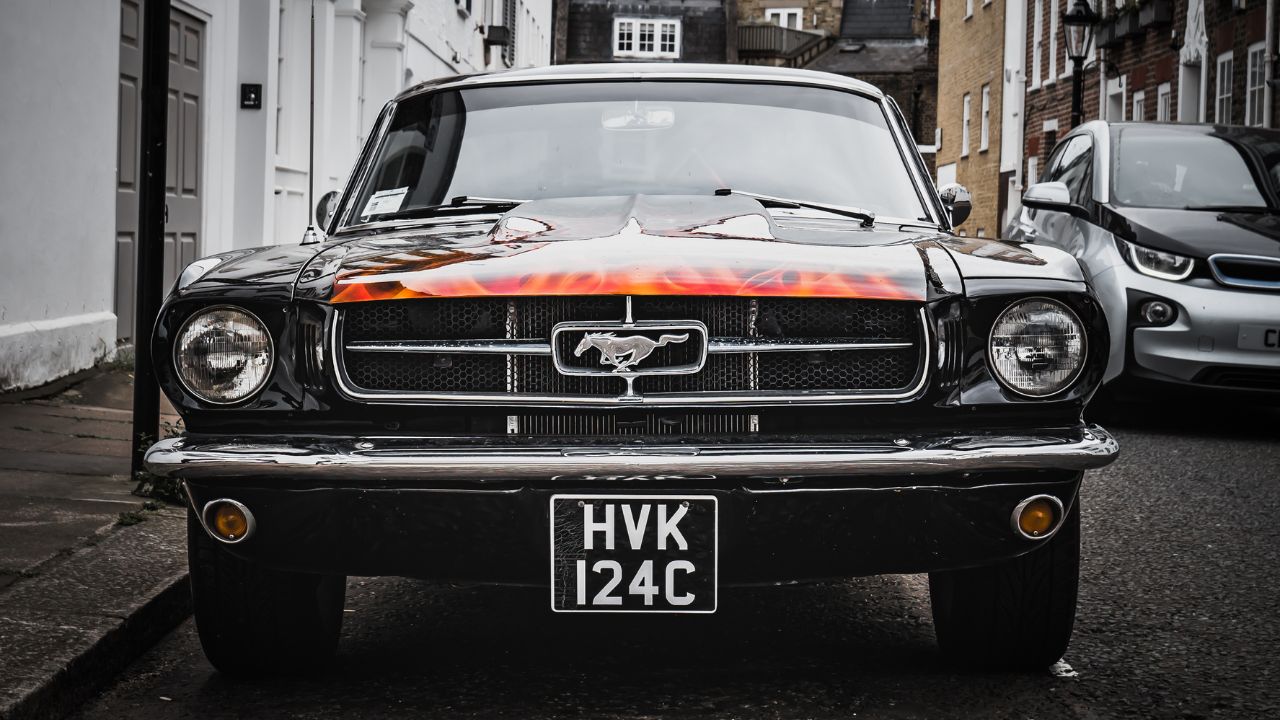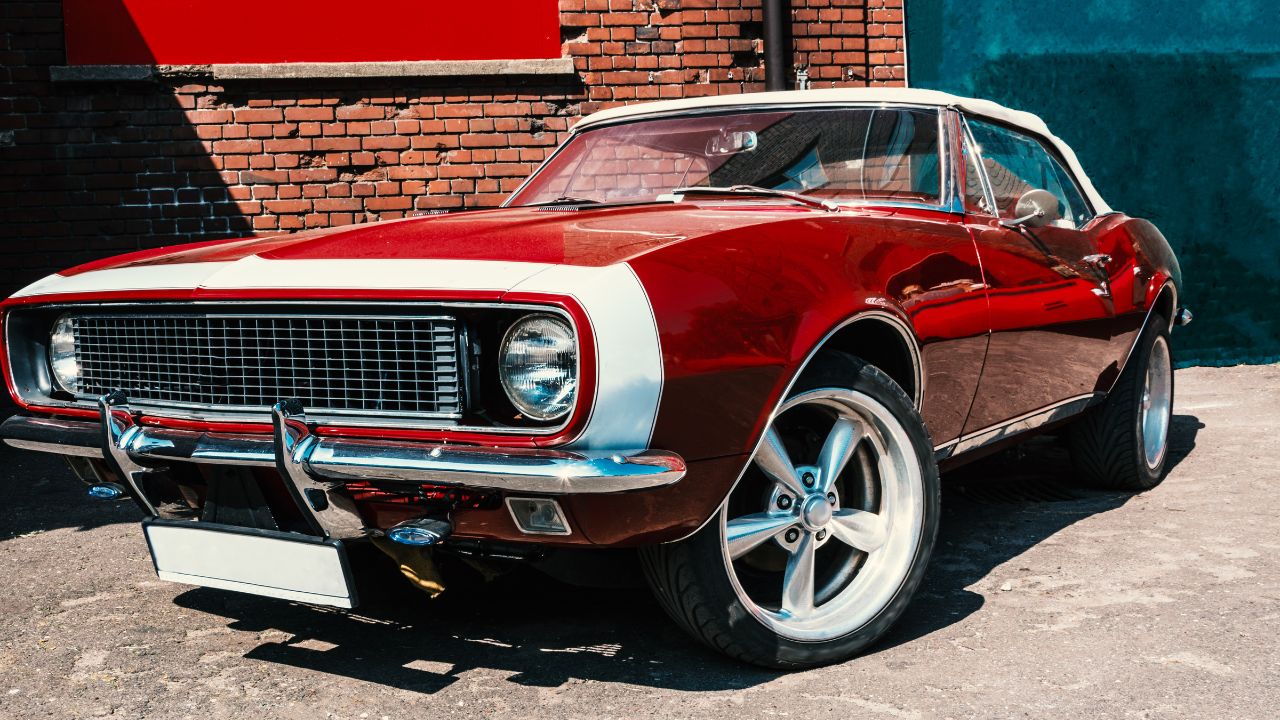
Compare Johnnie Walker prices and find out how much your favorite brand of whiskey will cost. You can buy the whiskey online in three ways: online, at your local liquor store or by phone. Johnnie Walker also has many other products. Read our reviews to see how each product stacks up against others. Below are the Johnnie Walker Blue Red Green and Black Label prices.
Johnnie Walker Blue Label
Johnnie Walker Blue Label is a masterwork of sweetness and balance. This whiskey was specifically made to recreate the taste and authenticity of the original blends from the nineteenth century. The Johnnie Walker Blue Label has a variable price. Here are some tips to make your purchase as affordable possible.

Johnnie Walker Red Label
Blue Label and Johnnie Walker's classic blend are perfect for balancing sweetness and flavor. This special blend is specially developed to recapture the taste and authentic character of the first blends created in the nineteenth century. The Blue Label has a more pronounced flavor and balance than the Red Label. The Blue Label's price is slightly less than the Red Label. But, for the price that you pay, you'll still get your money's value.
Johnnie Walker Green Label
Johnnie Walker Green Label prices will please any palate, whether you want to go back in time to the days of the country boy and enjoy the smooth taste of a new mix. The story behind this premium scotch whiskey is as intriguing as its bottle. John Walker was a country boy who had a spark in his eye and a fire in his stomach. He also had energy in every step. Walker, who died in 1857, left his son Alexander a powerful company and a strong family legacy. Alexander was quick and eloquent to seize golden opportunities. The rest is history.
Johnnie Walker Black Label
Johnnie Walker Blue Label - A classic blend of whisky. Specially crafted to regain the original taste and character of its original nineteenth century blends, this whiskey is a masterpiece of balance and sweetness. It is the very first triple-distilled blend of a particular brand's scotch whisky. The price for this particular brand depends on how strong or smooth you prefer your whisky.

Scotch Noob Green Label
Johnnie Walker Green Label was created in honor of Jim Beveridge who is a Master Blender. These concentrated flavours work together but maintain their individuality. Charles Maclean provided official tasting notes. It offers fantastic value and excellent flavor balance.
FAQ
How long is an automotive mechanic apprenticeship
It takes approximately three years to complete an automotive mechanic apprenticeship. This includes two years at school and two years working as an apprentice. The first year is dedicated to learning the theory and practical skills of the trade. You'll also learn how tools can be used safely and efficiently during this year. After completing the first year, you'll then spend another year on-the-job training where you'll gain experience in different areas of the trade. These years will offer you the opportunity to attend formal classes.
The final year is dedicated to earning certifications and qualifications in the field. These include NVQs (National Vocational Qualifications), which are awarded after passing exams covering specific topics within the industry. In addition, there are HNCs (Higher National Certificates) that cover general subjects such as management, business administration, and customer service. For those interested in pursuing certain trades, City & Guilds certificates are available.
What does it matter which college I attend?
It's not true. There is no difference between colleges in terms of how to get into the automobile industry. Some schools have better programs than others, so you might want to look elsewhere if your goal is something more specialized.
What is the difference between an automotive technician and a mechanic?
They are both similar, but not identical. An automotive technician maintains cars, while a mechanic repairs them.
A mechanic should be able to do simple tasks quickly and have good manual dexterity. They should be able to accurately diagnose problems and repair them efficiently.
An automotive technician needs to be more technically skilled than a mechanic. They must be able and able to read blueprints as well as use tools like drills or wrenches.
They must also be able perform complex procedures safely. They need to be familiar with various types of engines and electrical system.
They must also be capable of understanding how parts interact.
As a result, a mechanic usually earns less money than an automotive technician. Both careers have many options.
How can I fix my automobile as a hobby.
Why not make it a hobby if you're interested in cars? You could repair them yourself, buy parts for them and sell them. Or just have fun with them. It's a fun hobby that you can do if it interests you.
But it is not easy to turn this into your full-time occupation. This requires dedication and hard work. And you'll need to invest a lot of money too.
You might not have a compelling reason to get involved in the car industry.
Statistics
- 52% of Mechanics in the United States think their salaries are enough for the cost of living in their area. (indeed.com)
- The U.S. Bureau of Labor Statistics (BLS) reports that the job outlook for automotive service technicians and mechanics is expected to decline by 4% from 2019 to 2029. (indeed.com)
- There were 749,900 jobs available for automotive service technicians and mechanics in 2016, which is expected to grow by six percent through 2026. (jobhero.com)
External Links
How To
How to correctly diagnose your vehicle for repairs
The symptoms of your vehicle are the first thing you need to look at in order to determine whether it is in dire need of repairs. These steps will help you diagnose your car properly.
-
Check engine lights. The dashboard light indicators, including the engine light, oil pressure gauge, battery light indicator, coolant temperature gauge and RPM gauge, should be checked. If any of these indicators have been flashing continuously for several days it could mean that there is something wrong with your vehicle.
-
Inspect the tire treads. Tires that are worn can cause issues with handling and braking. You should also inspect the wheel treads. They should be clean and smooth. You can do this by taking off the wheels. Check the tread condition with a flashlight.
-
You should always monitor the level brake fluid. You must always monitor the level of your brake fluid. This ensures that your brakes work properly. Low brake fluid levels can cause brake failure when you apply pressure.
-
The suspension system should be tested. A suspension system is designed to absorb vibrations and shocks. This suspension system provides greater control and smoother acceleration and deceleration. It might feel uncontrollable or wobbly if your vehicle is suffering from a suspension problem. You can test if your vehicle has a suspension problem by putting weight on either the front or back axle to see how it moves.
-
Examine your steering column. The steering column is used to link the steering wheel with the rest of vehicle's components. Many accidents can cause damage to steering columns. Replace it if your steering column feels loose or unsteady.
-
Pay close attention to the exhaust tube. Exhaust pipes help move gases from the combustion chamber to the atmosphere. Your cabin will be effected if your exhaust pipe cracks or leaks. You should also fix any bent tailpipes immediately.
-
Take a look under your hood. Take a look underneath the hood to find any strange or unusual items. You could have fluids leaking from the engine. A professional technician should be contacted if your engine compartment emits an unusual smell.
-
It is important to inspect the air filter. The outside environment can collect dust and other debris in your vehicle's air filters. Vehicles that have a dirty air filter will not run well. Replace your air filter regularly.
-
Check the fan belt. Your vehicle's fanbel is what connects the engine and the transmission. If it breaks, the engine won't turn over. It is very easy to replace your belt. All you need is a screwdriver and some pliers.
-
The radiator hose and hoses should be checked. The radiator-hose carries water to the engine. It can become cracked or damaged and leak hot liquid onto your engine. Repairing the hose is easy with a pair of needlenose pliers or a small wire brush.
-
Be sure to inspect your windshield wipers. Windshield wipers use electricity to remove snow and rain. If they stop working, streaks could be left on your glass. To fix the problem, simply change the washer fluid.
-
Verify the condition of your battery cables. Your car's electrical system is powered by batteries. Before you change batteries, disconnect the positive cable. Failure to do so can damage your alternator.
-
Pay attention to your headlights. Headlights are used to illuminate the road ahead. Poor visibility can result if the headlights don't function properly. Inspect the bulbs for signs of burnt out.
-
Always check your lights. If you approach other drivers at night, lights will warn them. One that doesn't work could cause you to be distracted, and possibly lead to an injury.
-
Inspect your brakes. Brakes will reduce the speed of your car in case of an accident. You may lose control of your vehicle and crash if the brakes don't function properly.
-
Change the oil. Oil keeps your engine lubricated. It prevents metal parts from rusting too quickly. It is recommended to change the oil once a month.